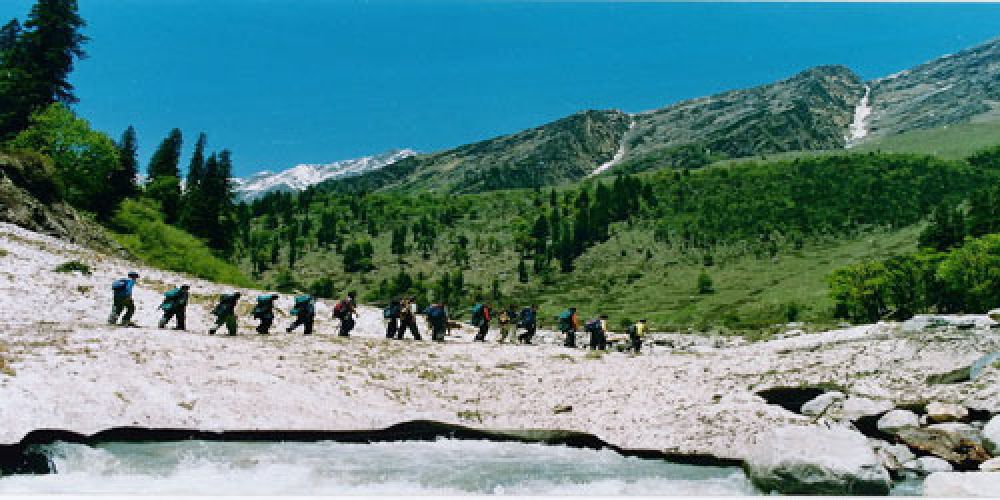

Rashol Pass is one of the mesmerizing treks in Himachal Pradesh, connecting Kasol to Rashol village, which is located at an altitude of around 3,200 meters above sea level. The area around Rashol Pass is known for its serenity and the stunning views of the surrounding Himalayan ranges. This pass is often traversed by trekkers on their way to visiting the ancient and mysterious village of Malana, famous for its unique culture and traditions.
The history of tourism associated with Rashol Pass and Malana can be traced back to the hippie trail of the 1960s and 1970s. During this time, many travelers from the West sought spiritual experiences and alternative lifestyles, which led them to the isolated regions of the Indian Himalayas. Malana, with its ancient customs and the local belief of being the descendants of Alexander the Great's soldiers, attracted tourists looking for an exotic cultural experience.
Over the years, the popularity of Rashol Pass has grown, largely due to word of mouth within the trekking and backpacking community. The trek is now known for its scenic beauty and the challenge it provides to trekkers. Although more people visit the region each year, it is still less commercialized compared to other tourist spots in Himachal Pradesh, which helps maintain its untouched natural beauty and cultural integrity.
In recent times, there has been a noticeable shift towards sustainable and responsible tourism in regions like Rashol Pass and Malana. Travelers today are more conscious about the impact they have on the environment and are seeking ways to have minimal negative influence on the places they visit.
Homestays and eco-friendly lodges have become popular accommodation options as these support the local economy and are more environmentally sustainable than mainstream hotels or resorts. There is also a growing trend of cultural immersion experiences, where tourists look to engage more directly with the local communities and learn about their way of life.
Moreover, digital nomadism has found a spot even within the remote Himalayan terrains. Young travelers combine work and leisure, staying for extended periods while working remotely. This trend has been significantly facilitated by improvements in connectivity and infrastructure in Himachal Pradesh that make remote locations like Malana more accessible to people who work on the go.
Adventure tourism is also on the rise, with an increase in the number of travelers seeking out treks to Rashol Pass and other nearby trails. This is further encouraged by local operators developing guided tours that focus on safety and provide an enriched travel experience through knowledge sharing about the local culture, flora, and fauna.
With its rich history and evolving trends, Rashol Pass and Malana continue to offer an authentic and undiluted experience of the Himalayan adventure and culture. The commitment to sustainable tourism practices looks set to preserve the magic of the area for future generations.